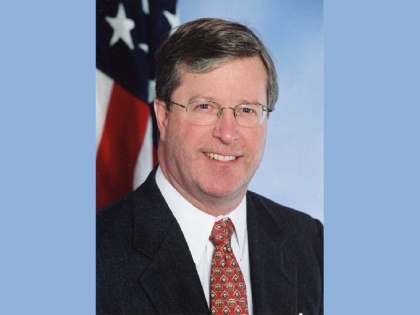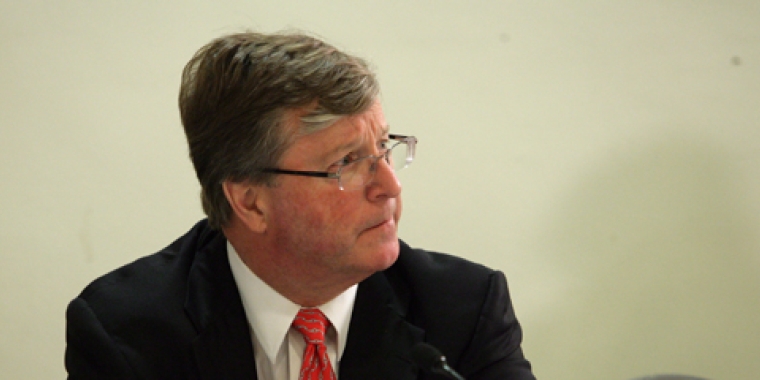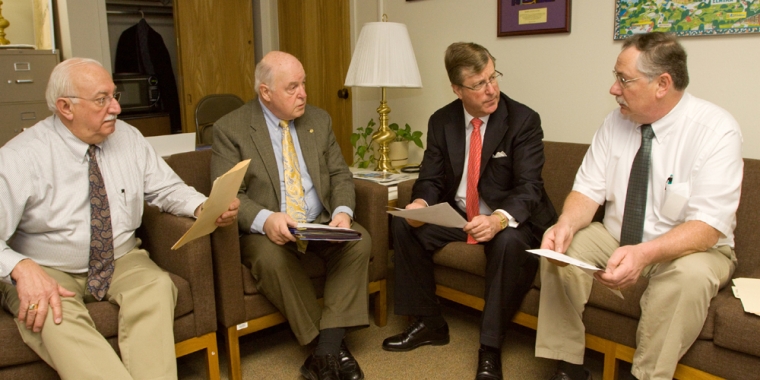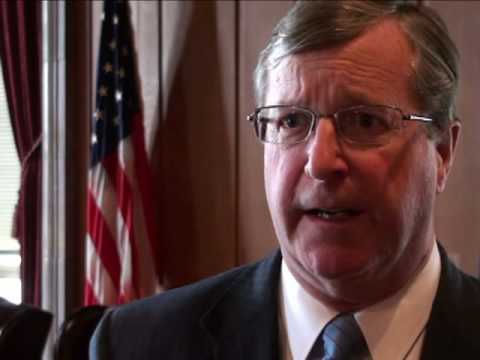
Building Blocks

Despite the enormous economic and fiscal challenges facing New York and every other state across the nation, we can never stop focusing on and investing in the foundations of a successful future. Put another way, state leaders have to set the right priorities and stay committed to them, no matter what.
In my view, New York’s foundations for the future include the continued development, enhancement, and maintenance of a first-class system of transportation; the ongoing establishment of an educational system – from kindergarten through college – that’s second to none anywhere in America; and a more accessible, affordable, c0st-effective and efficient system of health care.
All of the above, of course, are highly dependent on what may be the most important foundation of all: a strong economy. There’s a persuasive case to be made that the greatest hope for strong, successful communities flows directly from an economy that’s producing good jobs and providing long-term economic security and stability.
In the 21st century economy, then, an issue commonly referred to as the “digital divide” demands a place on the priority list. Providing citizens across New York with equal access to high-speed Internet must remain a primary goal, particularly since high-speed Internet has become fundamental to our economic and educational success as a state.
Getting it done, however, will require creativity, innovation, and, maybe most importantly, commitment from every level of government. During my tenure as chairman of the Legislative Commission on Rural Resources (LCRR) from 2006 to 2009, we issued a report summarizing local, state, and federal efforts to expand the availability of high-speed Internet services to the residents of rural regions. That report, “Examples of Current Approaches to Rural Broadband Deployment,” detailed the amazing, highly successful broadband development efforts being undertaken across the country.
It served as a clearinghouse of sorts for useful ideas, some of which have been pursued in New York. But it also stood to highlight that New York still has its work cut out in this arena.
The LCRR has estimated that at least 750,000 rural New Yorkers do not have high-speed Internet access through cable modem, DSL, fiber, or wireless service. The Communications Workers of America (CWA) annually publishes a report, “Speed Matters” (www.speedmatters.org), which examines Internet upload and download speeds in all 50 states. In 2008, New York had the fourth-fastest download speed ranking. Last year, we fell to the fifth-fastest. The CWA report has noted, however, that Internet speeds in New York “vary tremendously by region, with Upstate and Western New York considerably slower than Downstate.”
The report further states, “Over the past decade, America has steadily fallen behind its developed peers in the speed and reach of its broadband Internet network. A recent global study ranked the United States twenty-third in broadband development, far behind leaders South Korea, Hong Kong and the Netherlands. Twenty-third may even be too rosy a projection — According to Speed Matters' numbers, the United States is twenty-eighth internationally. For the sake of long-term economic growth, the United States must move to decisively regain its global bandwidth competitiveness.”
The same can be said of New York relative to its competitiveness with other states. We should be nothing less than the national leader in this regard, and so there’s work to do.
I sponsored a new law in 2006 that directed several state agencies to examine strategies for expanding high-speed Internet access to rural and other underserved areas. The subsequent report from the Empire State Development Corporation offered a broad set of recommendations that can continue to help guide the state’s broadband expansion efforts. I’ve also sponsored legislation to create a series of “broadband tax credits” as a way to encourage high-speed Internet providers to expand their services to underserved areas.
Rural communities must find a niche in the continued emergence of New York State's high technology industry, which means we have to focus on building the necessary infrastructure and work force to cement rural New York's place in that future. Accessible and affordable broadband is one of the keys. I’m hopeful that future state leaders will keep the focus on the need for a bipartisan, widespread commitment throughout New York government on the need to expand high-speed Internet.
For more information on overall state efforts to develop broadband, visit the state Office for Technology.
-30-



